A couple of days ago I had my very first introduction to the world of virtual reality gaming. I was invited over to play Mission: ISS on Steam VR. It took me a minute to grasp my bearings (I have issues with motion sickness), and how to use the controls but eventually I got it. The goal of the game is three-fold, the player can explore, complete missions or something else (I cannot remember now). First, I chose the one that allowed me to orientate myself to the mechanics of the game, how to move and use the grasp feature, and how to hold the tablet that acted as a dashboard of sorts. Second, I chose the mission but found the gameplay mechanics too difficult to complete, and it left me feeling like I did not want to play this game anymore. I thought it was just me and my lack of competence but when my friend, the one who owns the game, tried it, and found the same to be true for him on a different mission–I knew it was due to poor design.

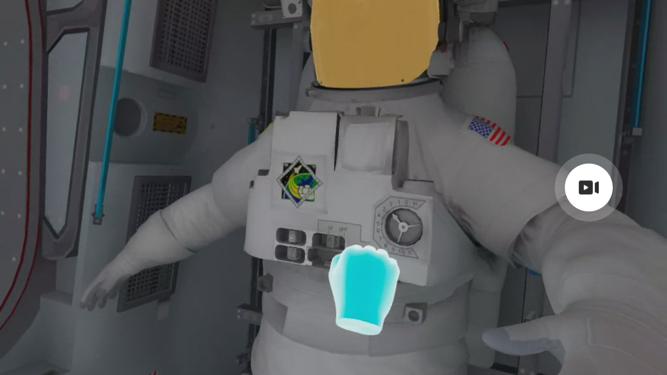
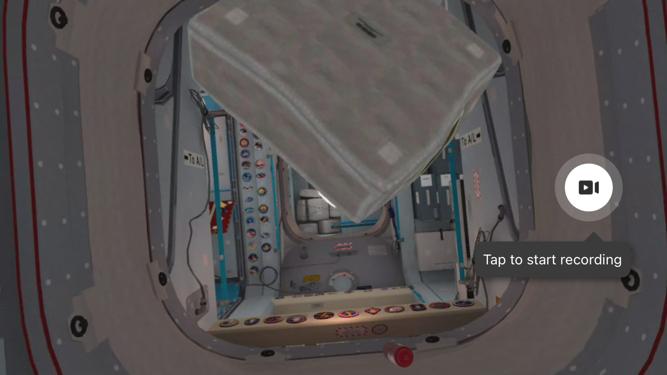
How can we as designers balance learning with gameplay mechanics?
Well, it is done through intentionality. This week we examined how to balance achievements. What does that mean? To balance gameplay with learning, we focus on how each part of the game aligns to the learning and the achievement. It is a ten-step process:
- Play the game and get familiar with the game mechanics
- Create a concise list of all the mechanics you encountered
- Explain each mechanic
- Create a spreadsheet with Bloom’s taxonomy
- Match the mechanics with each corresponding Bloom’s level
- Explain why the mechanic lines up with that level of Bloom’s (justify)
- Create a new column for scoring
- What does the reward look like for each mechanic and the scores received
- Evaluate the spreadsheet of what is included and what is not
- Revise (it is a living document, right?)
I played my own game and 80 days for this assignment. I could not get into 80 days, it just had toooooo much reading! I know this sounds bad, but I tried to make the game as short as possible because it just seemed to go on and on—76 minutes to be exact! My player would not run out of money no matter how hard I tried. So, I played my own tutorial game Kiwi’s Story. This one was straight to the point and more to my liking. I found the ten-step method concise, and it helped me evaluate not only my chosen game but other games I have played this week. It helps me visualize and plan out the learning outcomes and mechanics but encourages me to look at how balanced the game is. It cannot be all gameplay and no learning or all learning and no gameplay. A clever design equation is that it should be 50/50. Utilizing Bloom’s also forces me to be the educator I am and not just get absorbed into graphics and tricks. The environment must be a suitable teacher…and according to Reggio Emilia it is the third teacher. What is a third teacher?
“The way a physical space is dressed up, lived In, defined, and refined over time—the nuances, memories, and suggestions of the spaces we create for children.” –Julianne Wurm

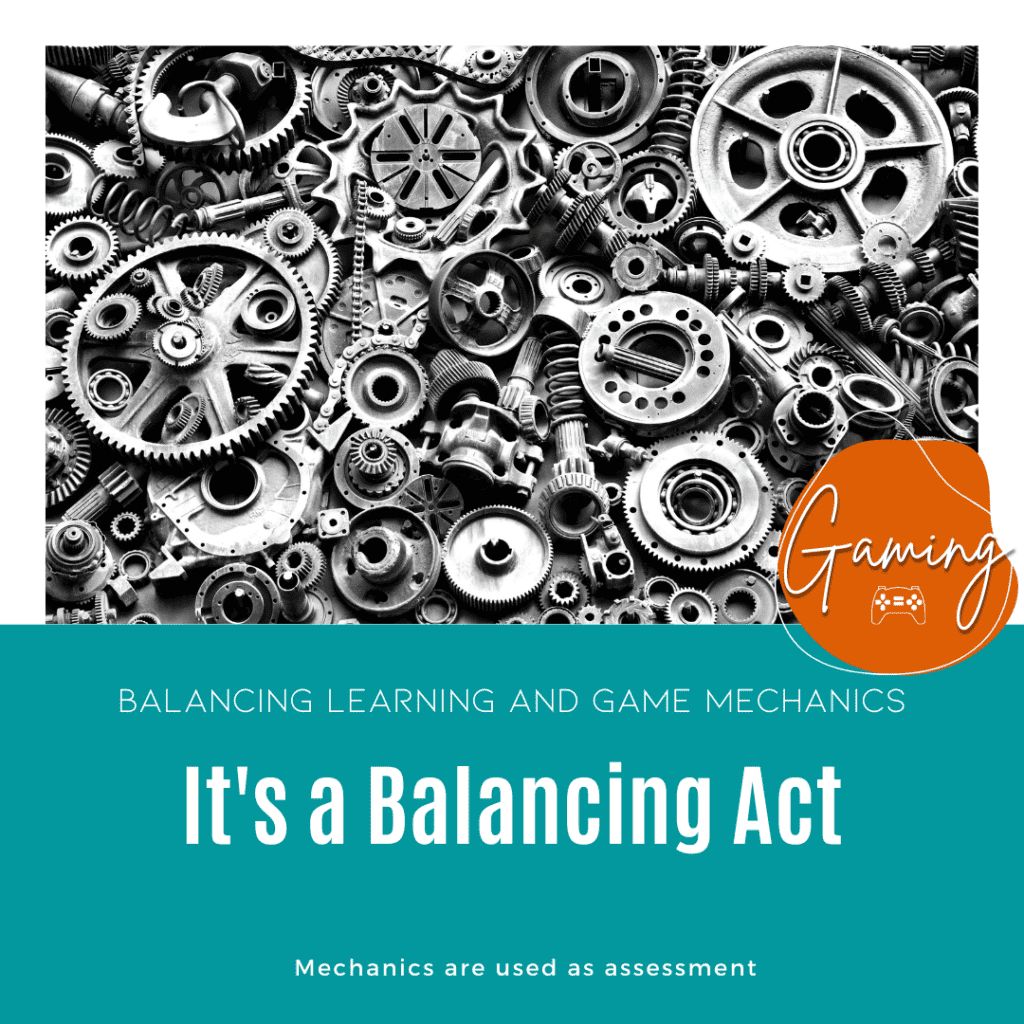

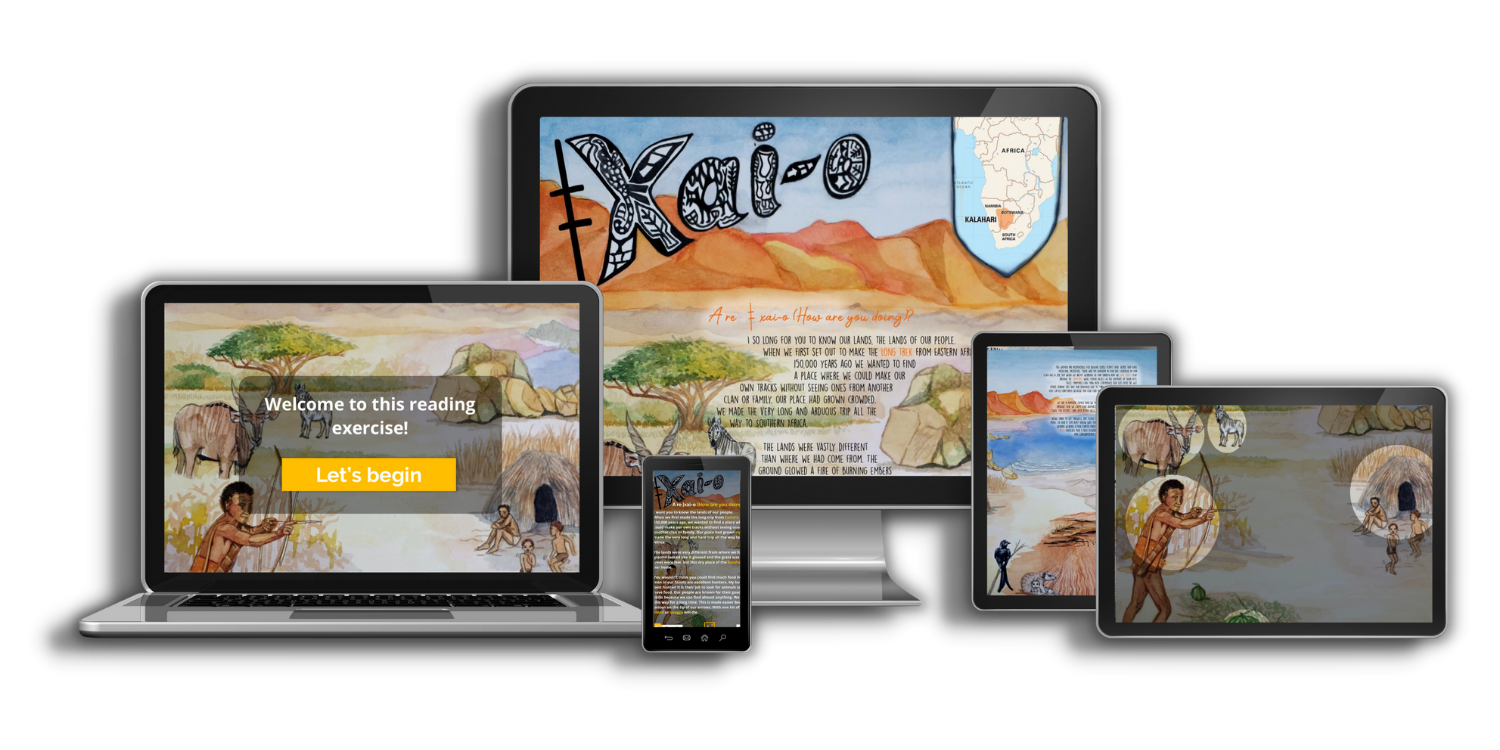
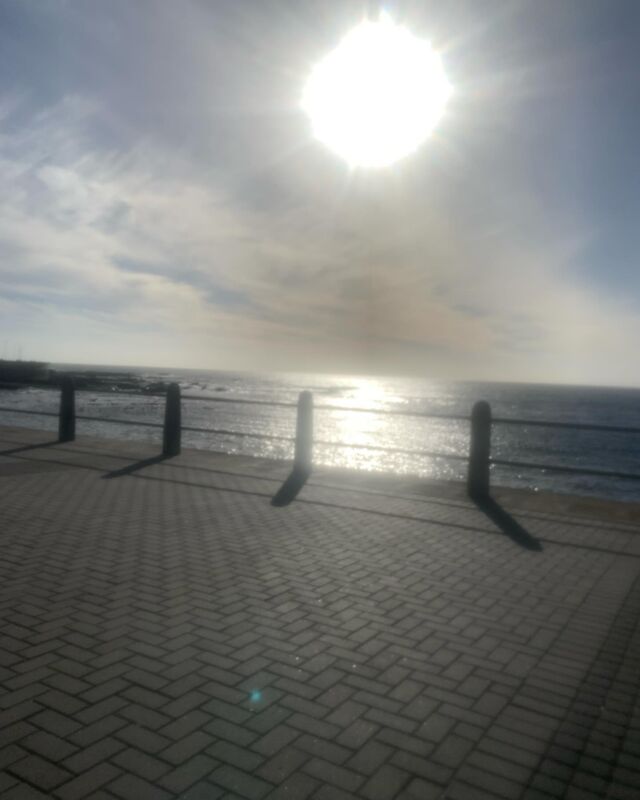
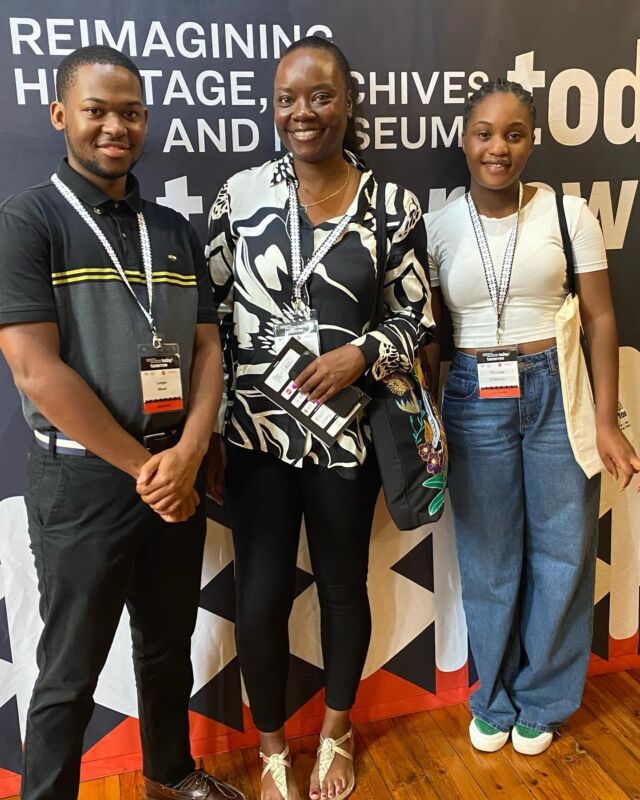



 Empowering Teachers, Enriching Learni
Empowering Teachers, Enriching Learni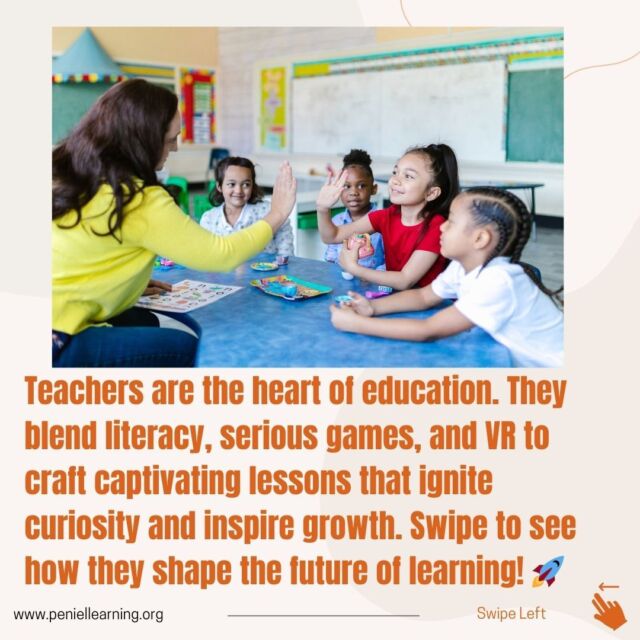
 Exploring the Fusion of Learning Inno
Exploring the Fusion of Learning Inno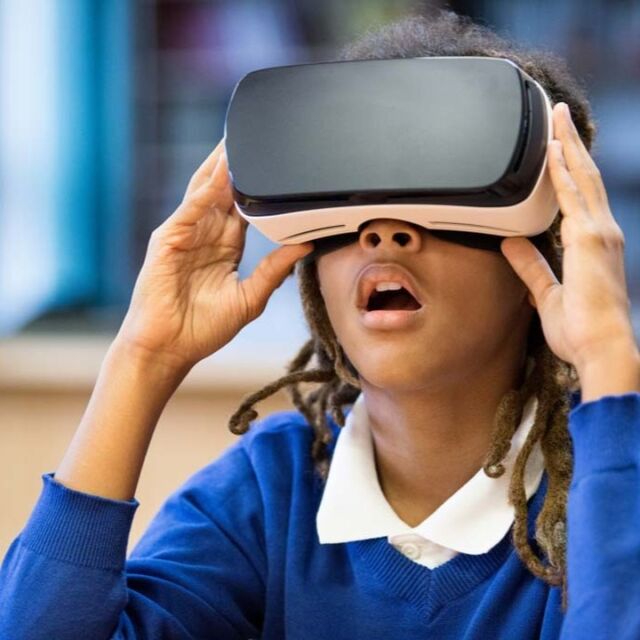

 by
by